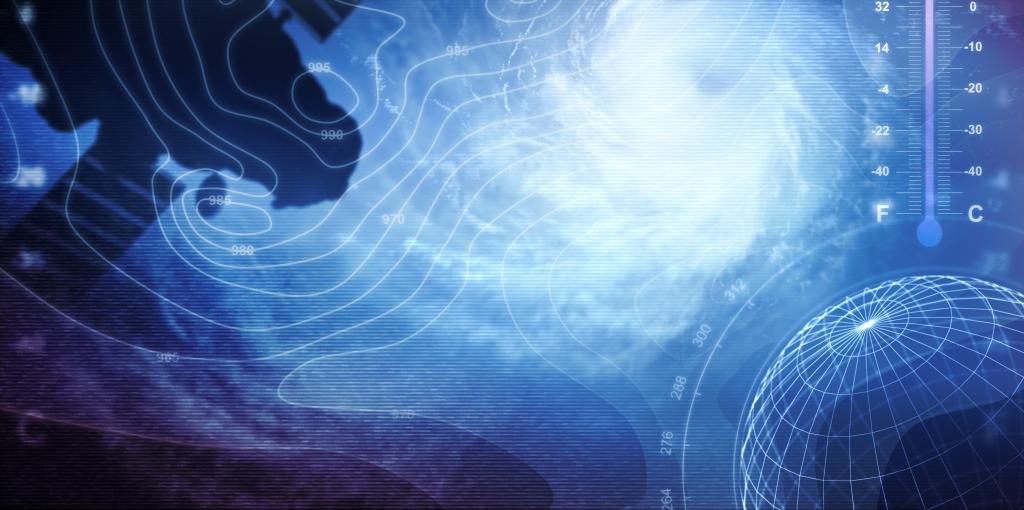What is Climate Dynamics?
Admission CTAs
Main navigation
Section Navigation: Climate Graduate Programs
What is Climate Dynamics?
What. Climate dynamics is associated with atmospheric processes averaged over timescales of weeks to millennia. Because atmospheric behavior is strongly coupled to the oceans and land surface, physical oceanography and land surface physics are also considered part of the science of climate dynamics. Research and teaching in the Climate Dynamics Program aims to understand the individual components–particularly air, sea, and land surface–of the climate system and their interaction.
How. Climate dynamics is concerned with how natural laws determine the climate. Climate research in the AOES Department focuses on understanding the role of fluid mechanics, radiation, and land-surface processes in climate. The primary research tool in the department is the state-of-the-art computer model, though theoretical and observational efforts, as well as advanced analysis such as machine learning, are also important.
Why. Climate variability and predictability pose difficult mathematical, computational, and observational questions. The answers to these questions have important ramifications for society, from planning for next year’s electrical demand to projecting long-term global change. While there are theoretical limits to predicting day-to-day weather, progress in predicting El Nino supports the idea that seasonal averages of temperature, rainfall, etc., may be at least partly predictable months or even years in advance.
Degrees. George Mason offers a Climate Science MS and a Climate Dynamics PhD.
